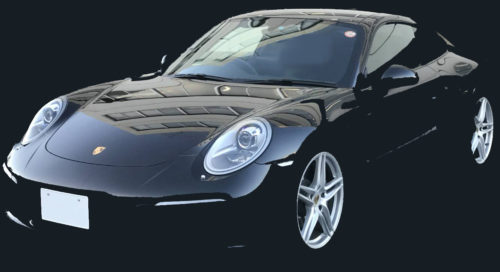#GetCreativeWithPorsche
This "Get Creative With Porsche" Porsche offers various classes in the series so that you can be creative while you are refraining from going out.
The first was about how to shoot a carBut this time, the second time, about car design.
... Rather, it is Porsche 911 that gives an example of how to draw, so it may be said that it is more like how to draw Porsche 911 ^ ^
Car sketching course by Porsche design director Michael Mauer
The class is taught by Michael Mauer, head of Porsche's design department.
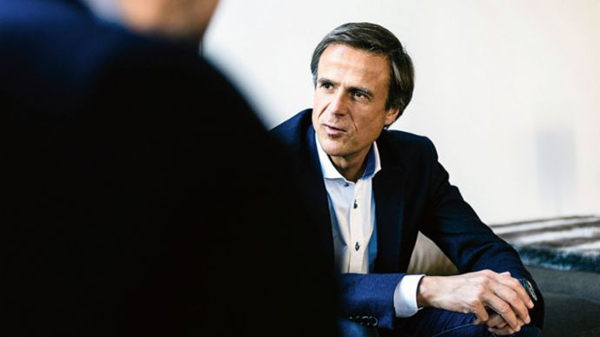
The 58-year-old, who has been in charge of Porsche design since 2004, seems to always carry a notebook with him, and he always draws (or writes) something during meetings.
His wife is already amazed, and even while eating breakfast, he is sketching and he can't stop doing that anymore.
That's awesome ^^
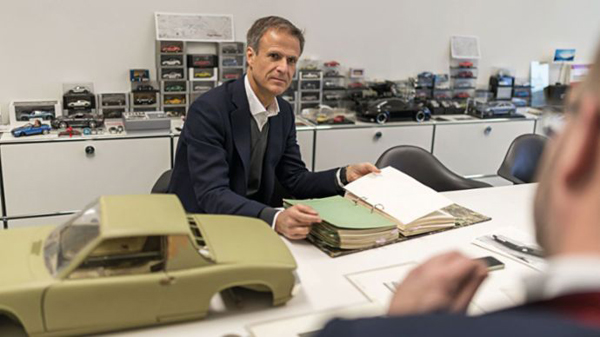
As a designer, you can solve a lot of problems by sketching, says Michael.
When I check the design of a car that is a clay model or a VR model, I sometimes think "maybe the roofline is a little low?" Or "something is different" when I see the design. At that time, he just sketches the details of the car and solves the "something different".
Happy accident
When he met Doug Chiang, a Star Wars designer, it was written that Chiang had used the word "happy accident" and loved it very much. ..
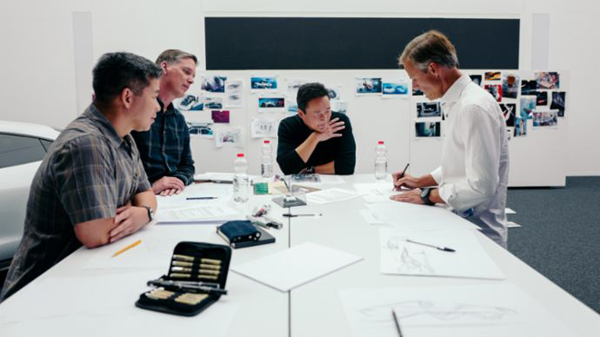
That "happy accident" is such a happy accident that when I'm doing a lot of design sketches, I suddenly realize that what I drew is "Oh, something is done". It seems to point to that.
Porsche Taycan's design begins with a happy misunderstanding
The representative of this happy accident is Porsche Taycan.
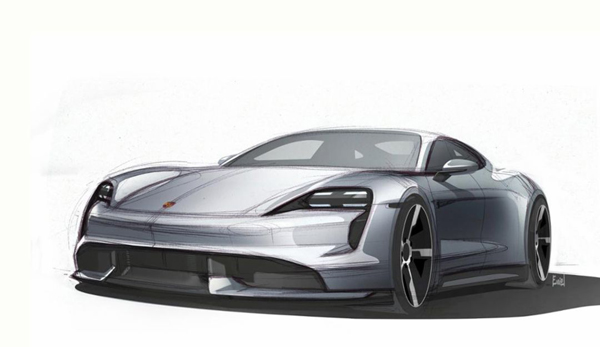
The design of Porsche Taycan was originally that when Mr. Mauer saw the technical sketch of Porsche 918, he misunderstood it as a design idea for a new car, and from there the design of Porsche Taycan grew up. is.
There is such a thing!
One day, when I passed by a young designer's desk, I saw a rough sketch of the 918 he was drawing and thought, "Wow, the idea of a 4-door 918 is pretty good!" That's right.
Until then, Mauer thought that a super sports car could only have two seats, but pointing to the rear door line of this young designer's rough sketch, "Now, before ourselves, next to the future. There is a generation of super sports cars, "he told him.
The young designer who was told that was immediately denied, "No, no, no."
Because the line he wrote in the rough sketch was just a line to instruct the person making the 918 clay model "I want you to surface-treat this area a little more", 4 It didn't represent a door.
But when he saw it, Mauer misunderstood the line as the "rear door line."
It seems that he did not notice at that time, but it seems that the "misunderstanding" at this time was the moment when Taycan's design began.
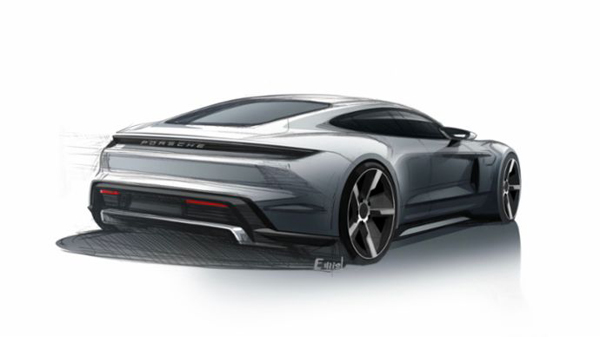
After that, I developed the idea of "4 seats even though it is a super sports car", and after a while, when the discussion about Porsche's full electric car began, Mauer misunderstood the idea of 918 rough sketches. He said he was back.
This is exactly the "Happy Accident".
He still remembers this happy accident moment every time he sees Taycan.
Porsche design is already looking ahead to 2030
Well, Mr. Mauer and his team.
It seems that he was already working on the design of a car two generations later with an eye on what the mobility would be like in 2030 (that is also a great story!), But now there are various things related to this coronavirus. Since his movements were restricted, he said that he would teach him the techniques and tips he had cultivated this time, rather than trying to do it for the time being.
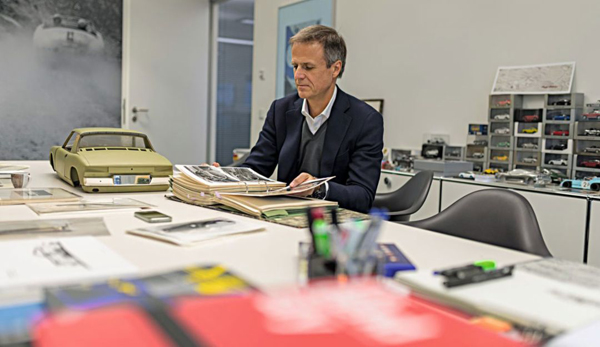
The current situation due to the coronavirus is not very happy at all, but that is why it is difficult because the person in charge who has been in charge of Porsche design for a long time can directly teach me how to draw Porsche. I am very happy to have such an opportunity even in such a situation.
I am really grateful to Porsche for continuing to provide such opportunities.
Tips on how to draw Porsche shared by Michael Mauer
According to Mauer, the most important thing when sketching a car is to "capture it in three dimensions."
In some cases, it needs to be emphasized and exaggerated more than the real thing.
When you think of a caricature (caricature), you can see that the nose is exaggerated, that it is extremely large or long, and that you can immediately see who the caricature is. ..
In reality, it doesn't have a big or long nose that is so exaggerated.
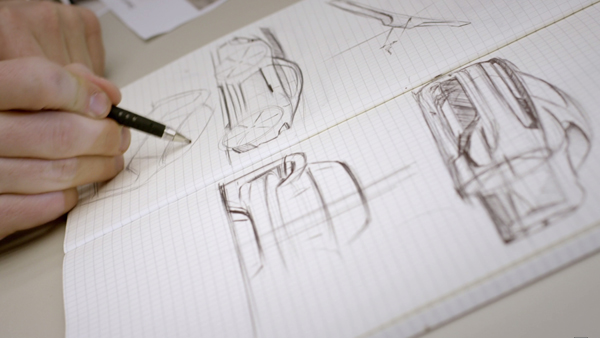
However, by exaggerating the characteristic points in this way, it becomes easier for people to recognize the person, and this seems to be the case with car sketches.
For example, try drawing the wheel a little larger, or visualize the character you want the car to have.
From time to time, he sketches the prototype from the history of the car.
For example, you might think of a Land Rover Defender, and then you think about what features are such that only two, three, or even four lines define the car if you don't describe the colors and details? Is it? When.
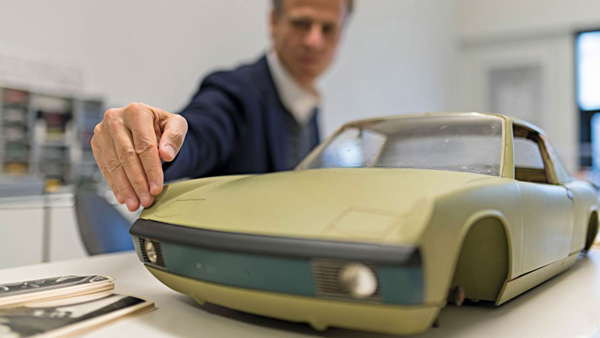
Some cars are very simple and some are complex. In the case of a complicated car, it seems that it does not have such a strong identity.
If the car itself doesn't have a strong identity, it's also difficult to create a brand identity with its design.
How to sketch Porsche 911
When designing a car, it is important to understand what the key lines of the car are ... So, from now on, I will explain the stage of sketching the Porsche 911.
Now, let's see what Mr. Mauer said.
Sketch 1
- If you ask 10 car designers to explain the process of sketching a car, you'll probably find out about five different approaches.
- Some designers start sketching with the wheels, while others start with the front wheels, then start drawing the front of the car, and then the rear wheels.
- How you start drawing depends on each person, so you can start whatever you like, but I always start by drawing two wheels.
- Because one of the challenges when drawing a car is to define the wheelbase and the correct proportions. So you need to know where the rear wheels should be.
- As I continue to sketch, I notice that the position of the rear wheel is a little different, so I sometimes erase it and start from the beginning again.
- When you first draw the wheel, you can just draw two round circles, or you can draw a little more detail. For example, in this case, I started by drawing a 5-spoke wheel on a simple circle ↓
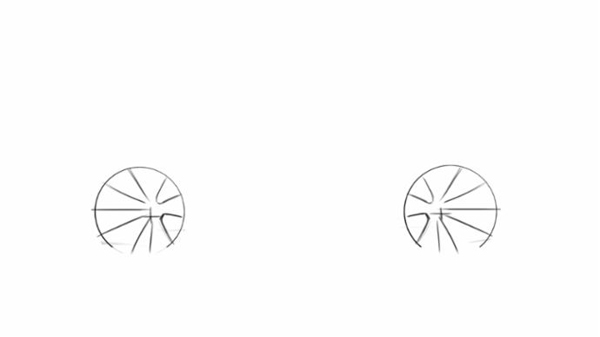
Sketch 2
- After drawing the wheels, the next step is to put the car on the ground. In other words, draw a line between the front and rear wheels.
- From here, we'll start creating a car outline. Designers and engineers talk about the "Y Zero Section," which basically means the silhouette of a car.
- In the case of Porsche 911, it is very iconic. In some cases, the silhouette of the car and the wheelbase do not match, and the position of the rear wheel must be shifted. Of course, that doesn't matter, and I use an eraser to correct the position!
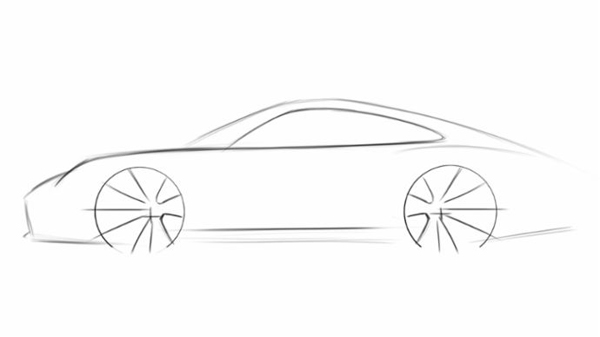
Sketch 3
- I will add details little by little. Designers sometimes refer to windows as "DLO," which stands for Day Light Opening. Why do you call it this ... Maybe it was devised so that designers could talk to each other so that others couldn't understand what they were talking about.
Is it okay to break it up ^^? Now that the general public knows that DLO refers to the window of a car! !!
- The Porsche 911 window (DLO) is very symbolic, unlike Cayenne and Panamera. Draw it first, then the front headlights, then the rear end.
- This is the state where the rear bumper and rear light are added to the sketch ↓
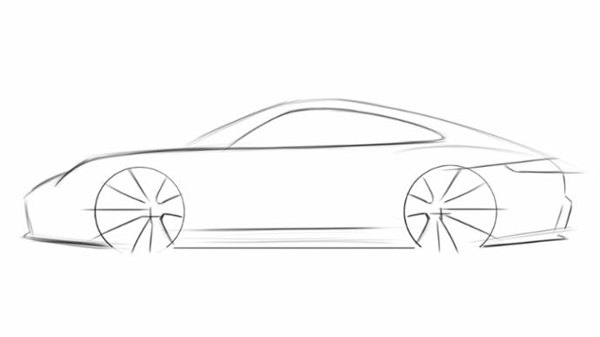
Sketch 4
- Sketching a car means adding more layers ... slowly and politely adding details.
- The first challenge is always to "stop sketching". Applying the "Less is more" principle can make the sketch better.
- At this stage, the headlights are oval. And the air intake at the bottom of the front has been added, and the bottom of the door is also taking shape.
- Notice the details of the air outlets at the bottom of the bumper and the rear fenders. I'm trying to give a stronger feeling to the rear shoulder.
- And at this stage, there is a solid line under the belt line between the wheels.
- This solid side line, not found in the previous step, gives a more three-dimensional feel between the wheels.
- It's not accidental, it's intentional that this line goes down as it gets closer to the rear wheel.
- This doesn't mean that the actual car line is down, but it does visualize what people actually see when looking at the side of the car.
- Looking at the Porsche 911 from above, the rear track is a bit wider, which is represented by this faint line.
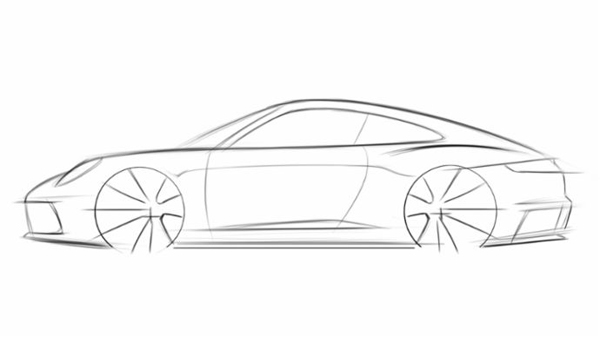
Sketch 5
- Do you see more details added at this stage? Door handles have been added, and some lines have become thicker, making a difference where they should or shouldn't be emphasized.
- Anyway, it is important to create a three-dimensional feeling.
- If possible, take a picture of your car with a nice background. By doing so, you can see the positive and negative lines on the surface of the car.
- You can improve your sketch by imitating those lines and incorporating them.
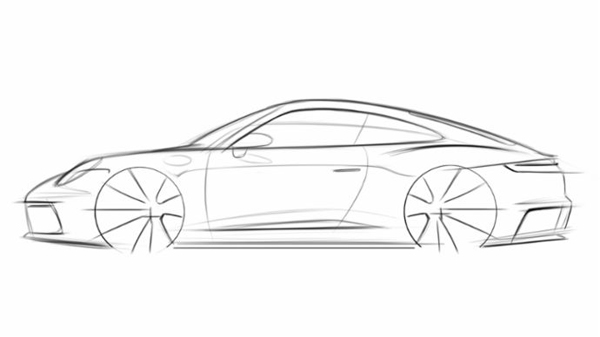
Sketch 6
- The first five sketches were lines, but from here we'll add contrast and shadows.
- I haven't colored it here yet because I want to give it the impression that it reflects light.
- Take a closer look at the car photo to see what is highlighted and what is in the shadows.
- In the first #GetCreativeWithPorsche series,Richard Pardon talked about how light is important for showing car designBut right here, I'm trying to express it in sketches.
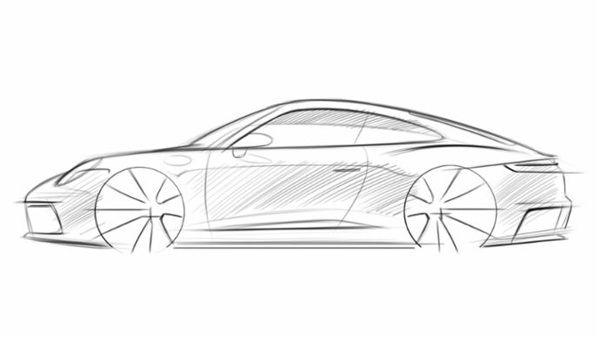
Sketch 7
- The next step is a very fun part. Color from here.
- If you work in Photoshop, it's like adding layers.
- The blue in the upper part of the car reflects the blue sky, but the part below the dark line reflects the floor.
- This gives the impression that the car is in contact with the ground.
- By the way, you don't have to use Photoshop (actually, I'm not very good at using Photoshop ...), but try using watercolors and crayons.
- In the first place, when I sketch during a meeting, I usually only have paper and pencils.
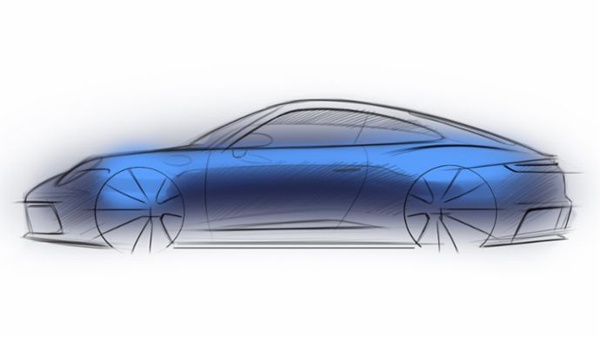
Sketch 8
- Each designer uses his or her own way of drawing glass, but at this stage I paint the glass and wheels black. You can also add highlighting in the next step.
- I sketch in thumbnail size. Even when you try to draw, it is recommended to draw in thumbnail size because it is easy to do various things.
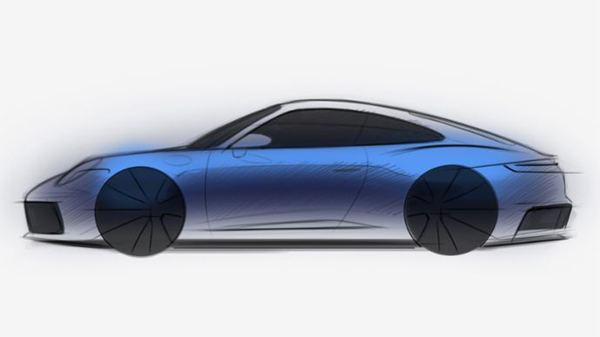
Sketch 9
- Consider DLO (window) at this stage. The windows on the side are split in two, the upper part is black and the lower part is a little lighter. This makes it possible to express the impression that there is a bent part.
- In the case of old cars, the windows were perfectly straight, but today's car windows have curves. This curve can be expressed by adding subtle changes to the colors.
- At the rendering stage, we will change from sketching with a pencil to a more sophisticated drawing.
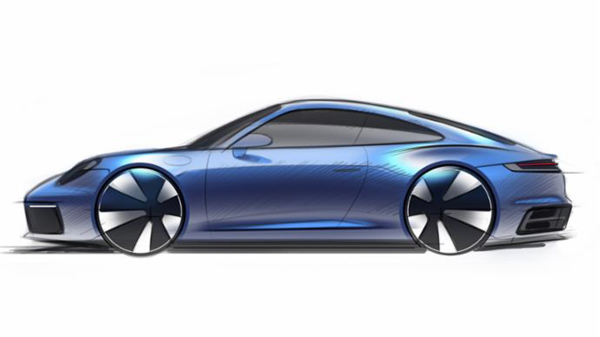
Sketch 10
- When drawing on paper, it is one-dimensional. Colors and shadows must be used to represent the final three-dimensional car. Look at the picture of the car you took again.
- The part that looks through the glass, the part where the bodywork reflects light, these vary depending on where the car is parked, but it is very useful to know where and how the shadow appears in the car.
- Here, white is used to bring out the key areas, and the lights and calipers are slightly colored.
- It is also a stage where you should consider drawing the steering wheel. Maybe you can see the seats.
- "Keep the sketches you drew"
- It's fun to look back at the sketches drawn in the past, and when I drew the sketch, was I attending a meeting, was the meeting interesting, or the content of the meeting was not very relevant to my department? It's easy to see if it wasn't there or if it was a discussion about the budget ... (laughs).
- Design is always a process of trial and error, so I encourage everyone to pick up a pencil first and try it anyway.
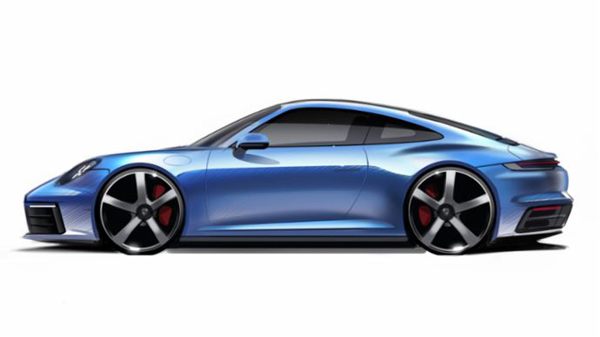
… Hmm.
I was told variously, but even if I proceeded with the sketch of Porsche 911 by following each of these orders, I can not suddenly draw a Porsche 911 similar to Mr. Mauer in the end. I can not think at all ^ ^
I think that the process of repeating "just draw" while keeping these tips in mind is the way to be able to draw such a wonderful Porsche 911 design picture. ..
Everything requires effort and experience!
Now that I have time to refrain from going out, I would like to practice the Porsche 911 sketch little by little from the basics ^ ^
Source (all official):
◆#GetCreativeWithPorsche: Automotive design
◆“The Taycan's proportions are unique”
◆Porsche and Lucasfilm jointly design a fantasy starship
◆“Incredibly modern”
#GetCreativeWithPorsche
1st:How to shoot Porsche (car) (Mr. Richard Pardon)
The second:Car design: how to draw Porsche 911
The third:Porsche: How to wash a car
The fourth: (original)Keeping fit with Mark Webber
5th:How to draw a car (paint)
The sixth: (original)Planning road trips
The seventh:Reproduce Porsche's iconic scene with Lego
8th:How to shoot cars (filming cars)
9th:How to become an esports sim racer

